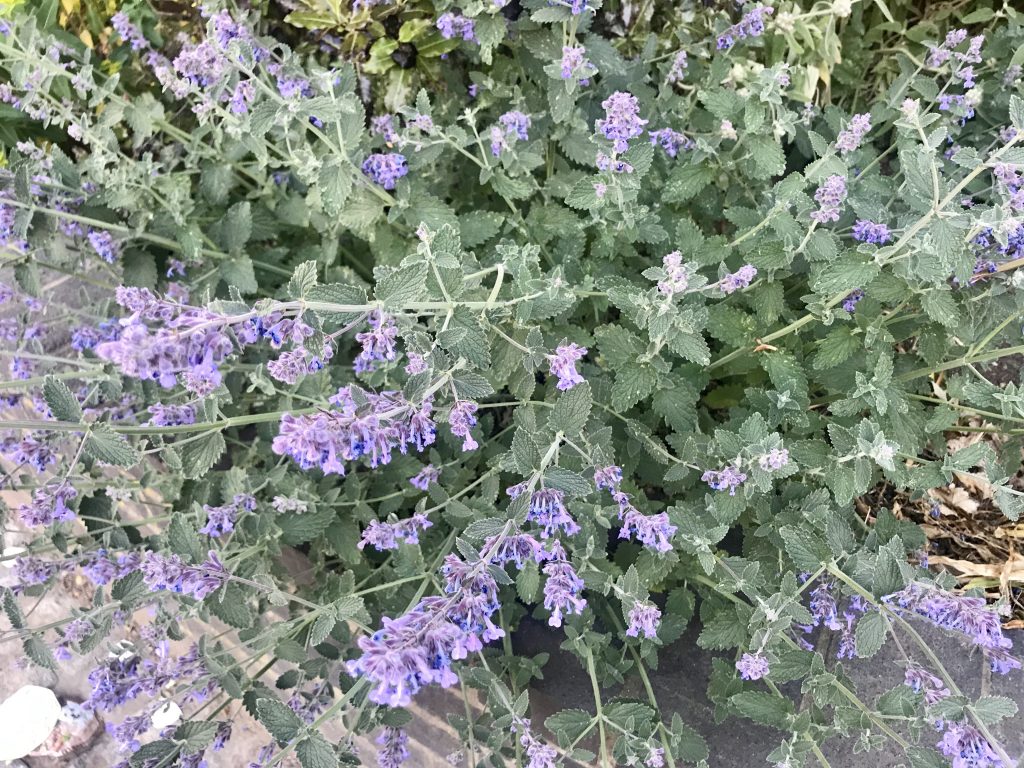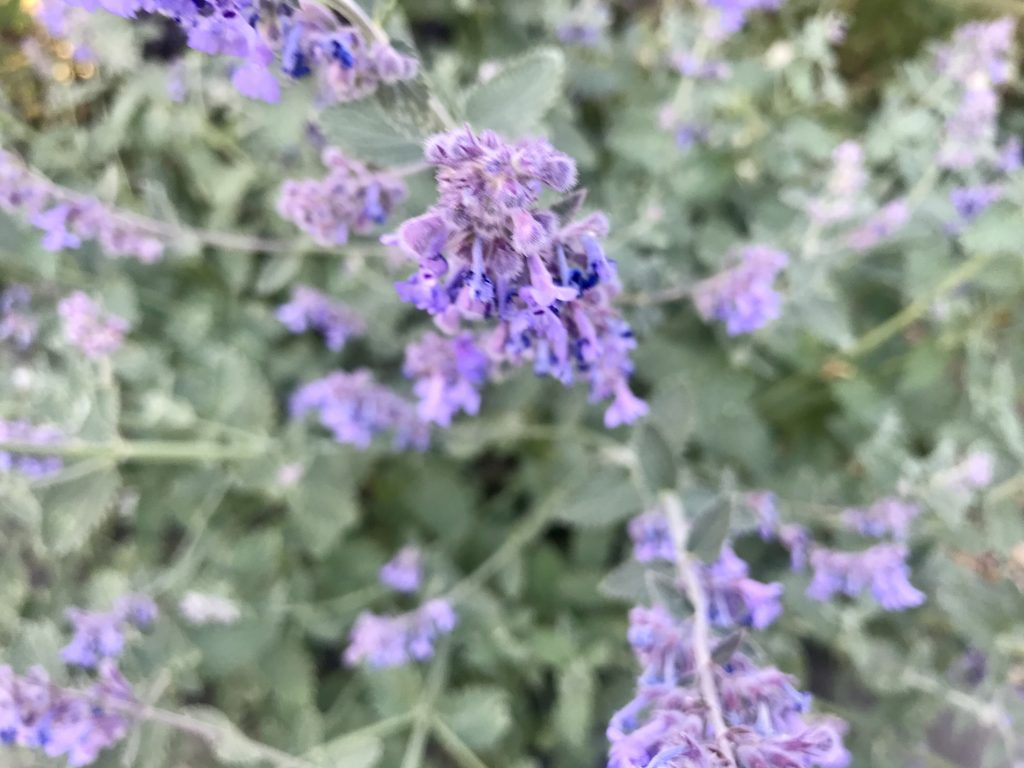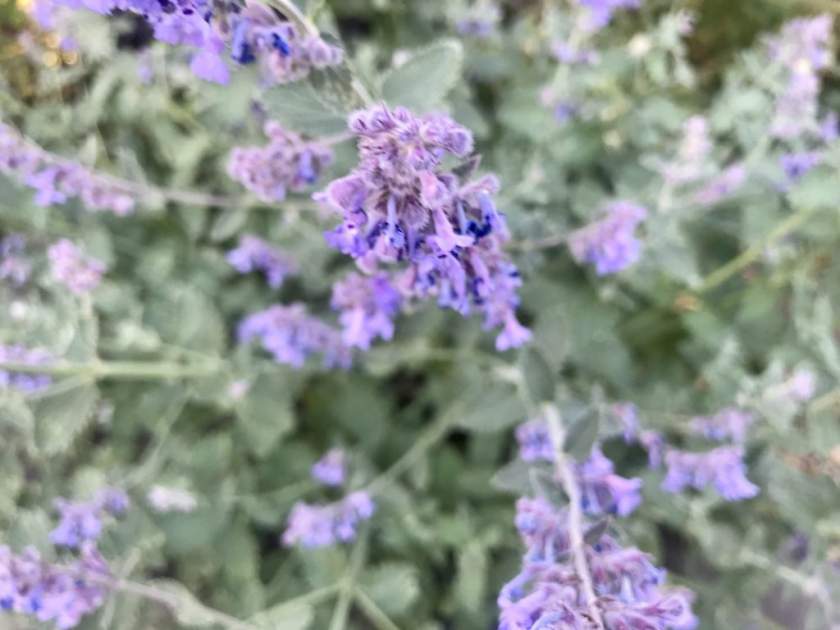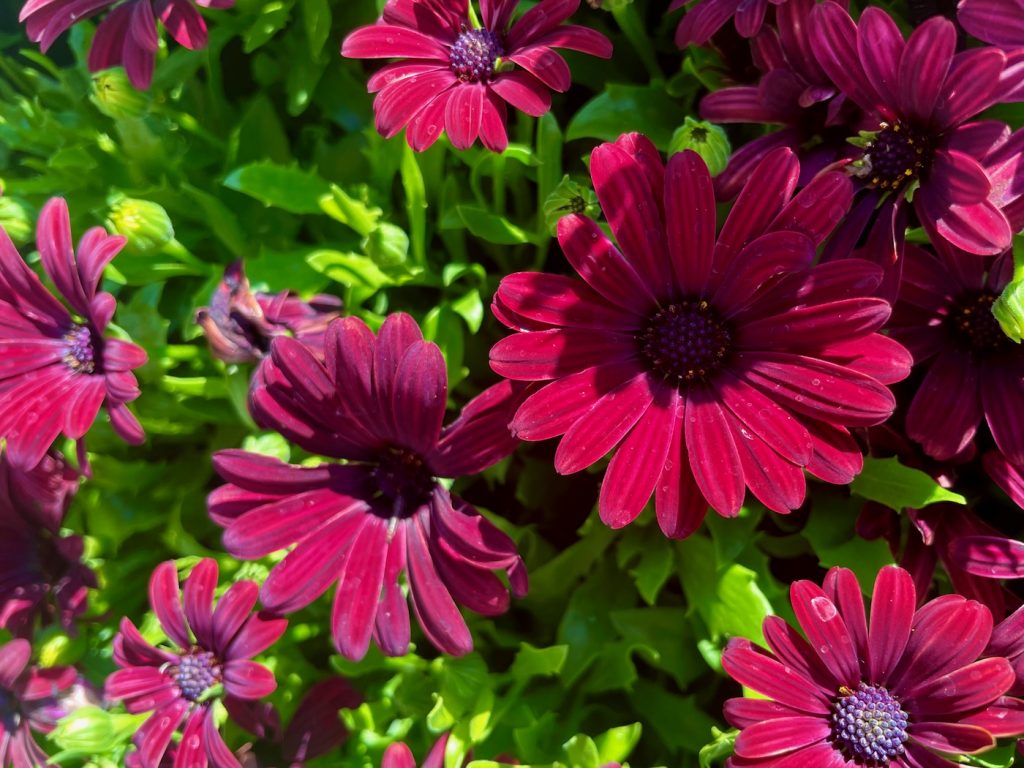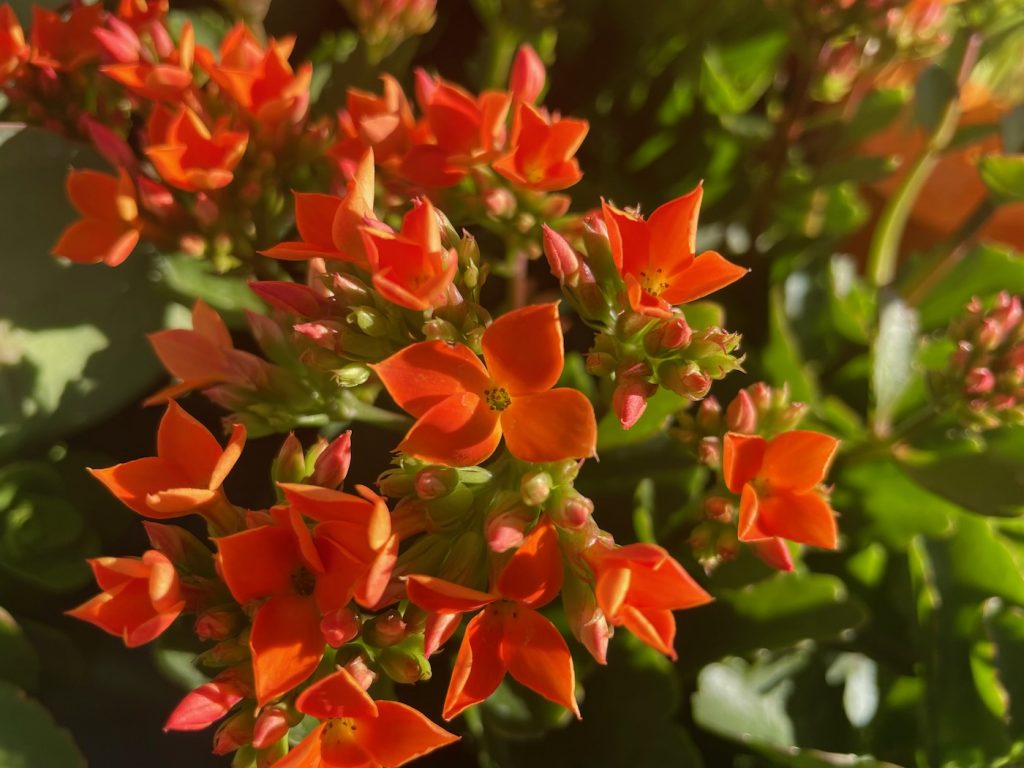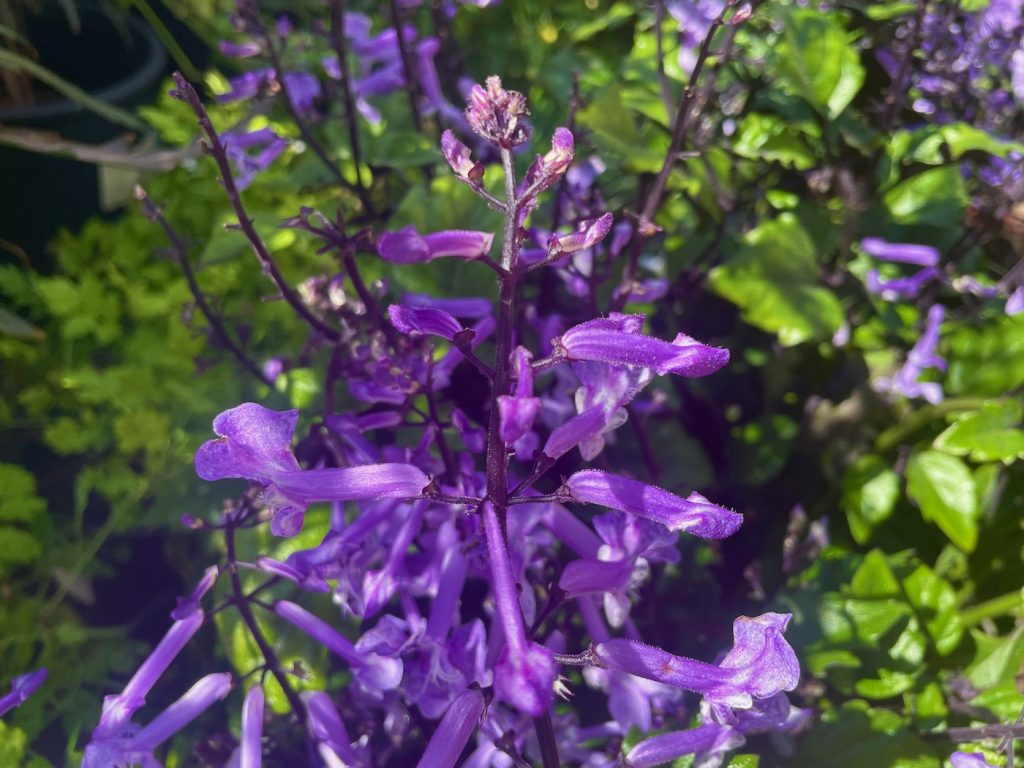Nepeta cataria: The Enchanting Catnip with Aromatic Leaves
Background and Characteristics: Nepeta cataria, commonly known as Catnip, is a hardy perennial that holds a special appeal for feline companions. Although not all cats are attracted to it, the majority of them exhibit a strong affinity for this plant. Nepeta cataria belongs to the Lamiaceae family of plants and is also referred to as Catmint, Catnep, Cat in Clover, Cat’s Heal All, or Catswort. It is native to Europe, the Middle East, and Central Asia, and is cherished for its aromatic, grayish-green leaves.
Description and Habitat: Nepeta cataria is a clump-forming plant with charming, fragrant leaves reminiscent of its mint relatives. This hardy perennial can serve various purposes in the garden, such as an edging plant, border plant, or ground cover. With an average height of around 1 meter (40 inches) or more, Nepeta cataria establishes an attractive presence wherever it grows.
Cultivation of Nepeta cataria:
Sunlight: Nepeta cataria thrives in sunny locations but can also tolerate partial shade. Choose a spot that receives ample sunlight to promote optimal growth and development.
Watering: Plant Nepeta cataria in well-drained soil, either moist or dry. It is important to ensure proper drainage to prevent waterlogged conditions that can harm the plant. While it is drought-tolerant, providing regular watering during dry spells will help maintain its overall health and vitality.
Flowering and Fragrance: Nepeta cataria blooms in late spring and summer, gracing the garden with elegant violet flowers that emerge on spikes. The flowers, in combination with the plant’s aromatic foliage, make a delightful addition to any landscape. The fragrance emanating from the leaves adds a sensory element to the overall experience.
Maintenance and Usage:
Nepeta cataria is an easy-to-grow and low-maintenance plant, making it a versatile choice for garden enthusiasts. Consider the following points to ensure its well-being:
- Pruning: After the flowering period, it is beneficial to cut back or prune the plants. This practice helps maintain their shape, encourages new growth, and rejuvenates the plant for the following season.
- Herbal and Culinary Use: Nepeta cataria leaves are commonly used in herbal teas, providing a soothing and calming effect. Additionally, they can be utilized in various cuisines to enhance the flavor of salads, soups, sauces, pasta, and even meats. Rubbing the leaves on meat before cooking can add a delightful touch to the culinary experience.
- Insect Repellent Properties: The oil derived from Nepeta cataria serves as a natural insect repellent. It effectively repels mosquitoes and cockroaches, making it a valuable asset in naturally deterring these pests from your surroundings. Additionally, the plant’s flowers attract butterflies, adding a touch of beauty to your garden while supporting pollinators.
Propagation and Versatility: Nepeta cataria can be propagated through seed or cuttings, with summer or autumn being suitable times for these methods. Alternatively, division can be employed as a means of propagation. Embrace the enchanting allure of Nepeta cataria in your garden and enjoy its versatility as a decorative plant, culinary ingredient, and even a natural insect repellent.
